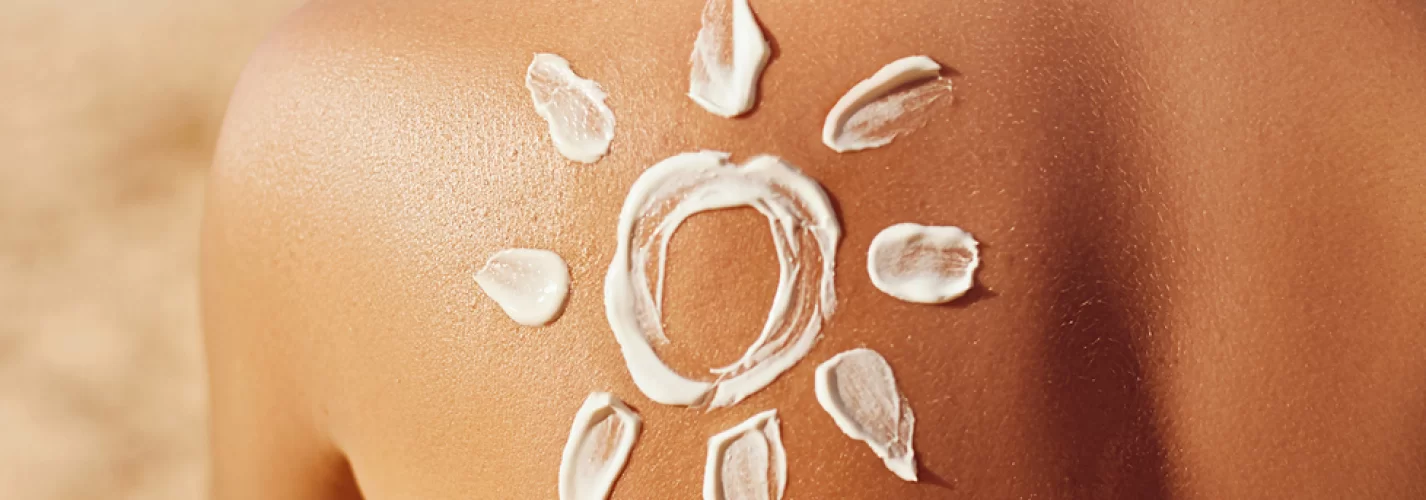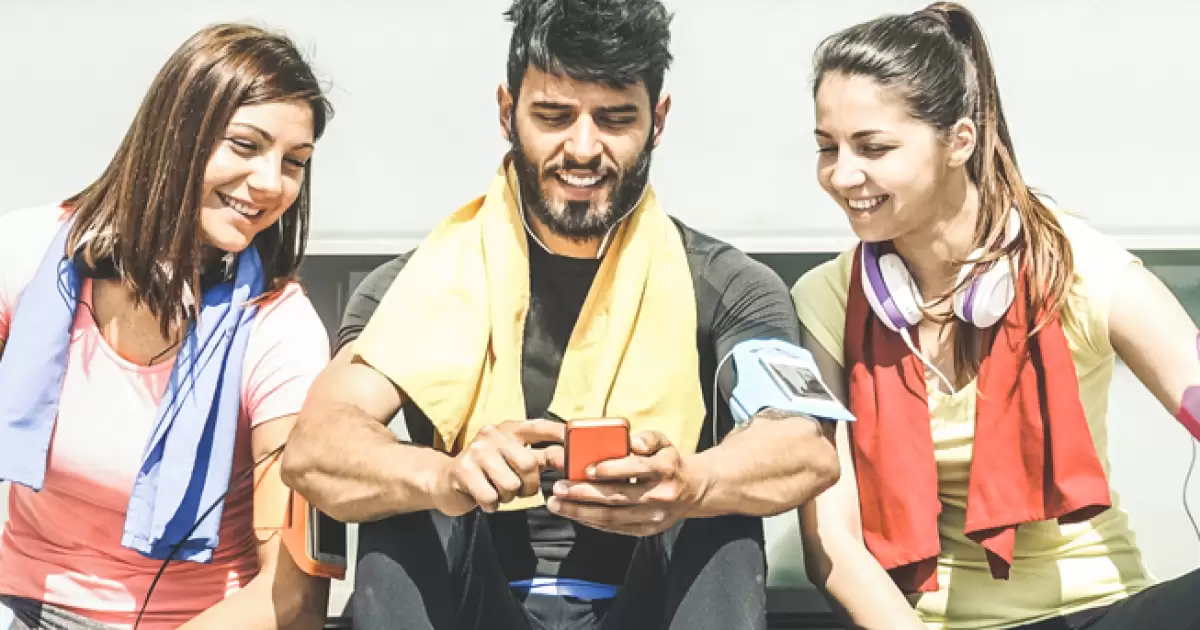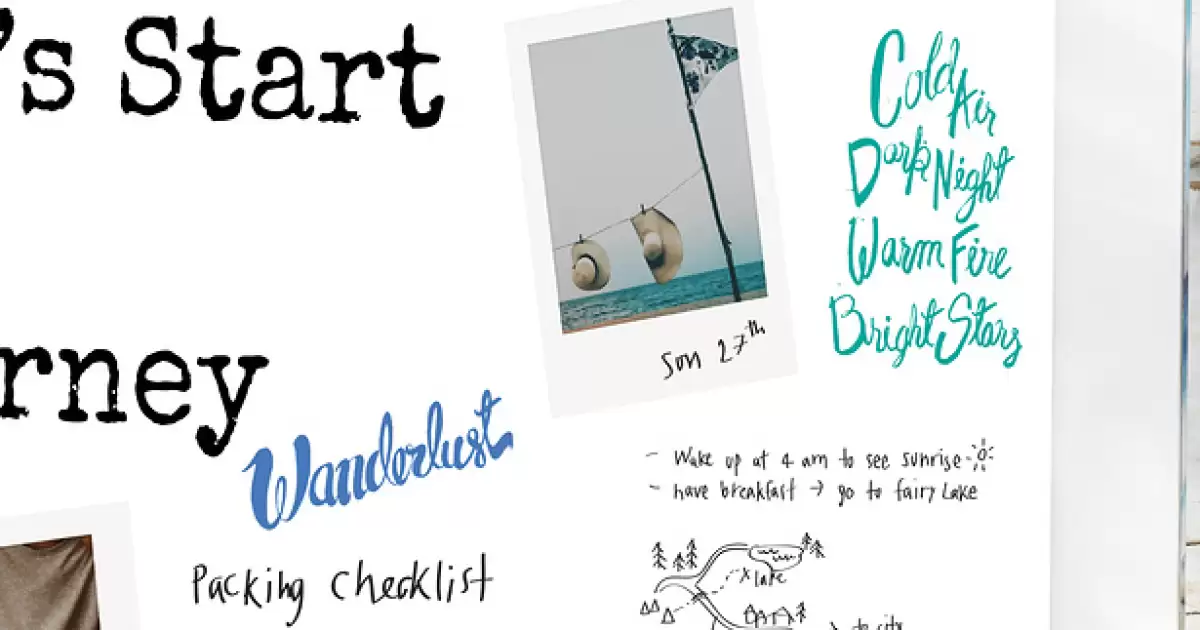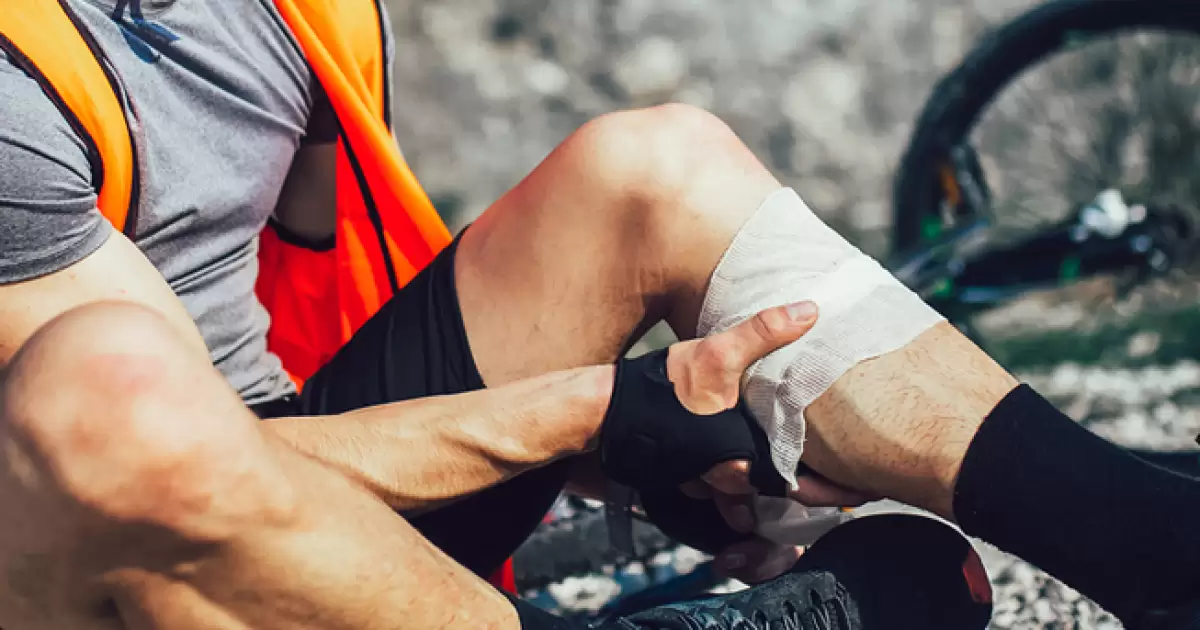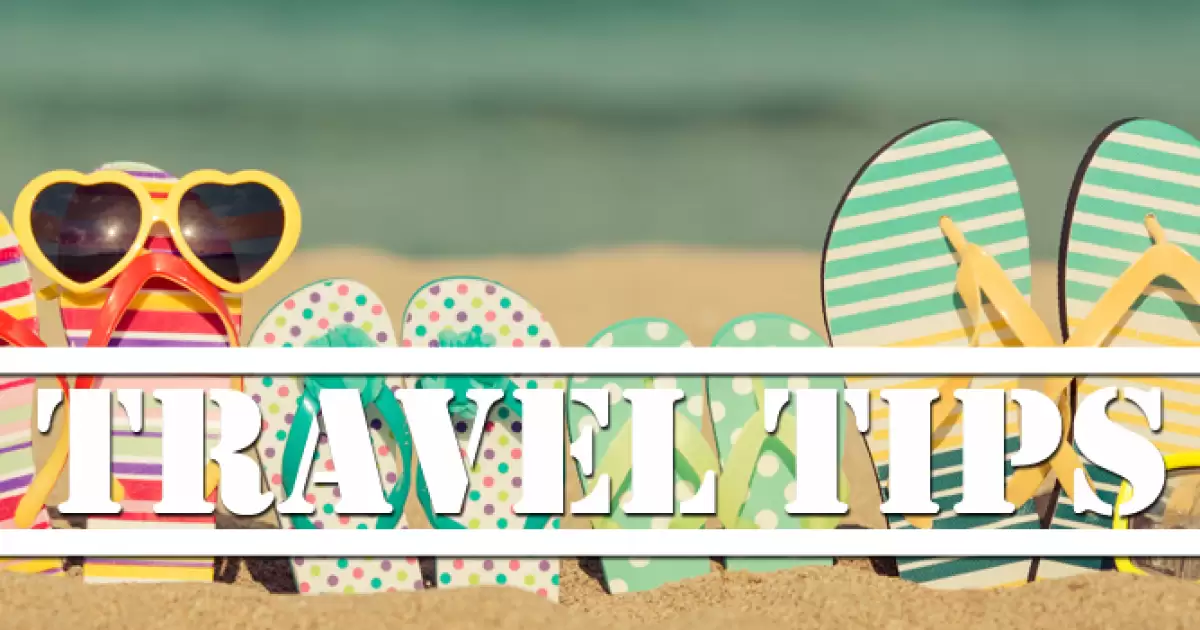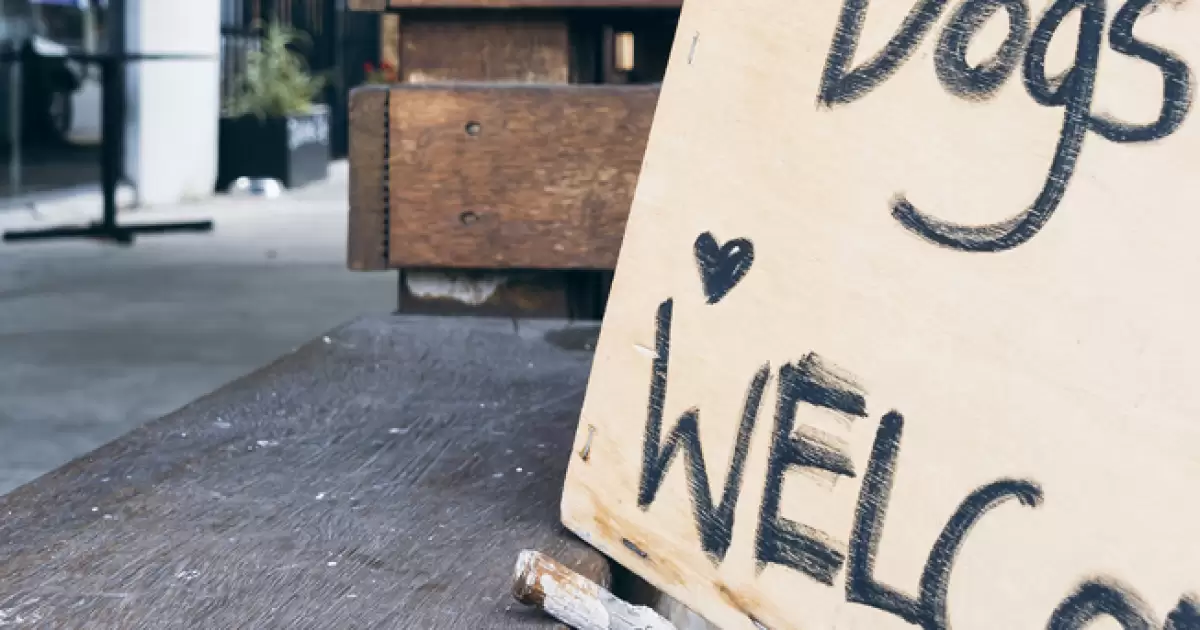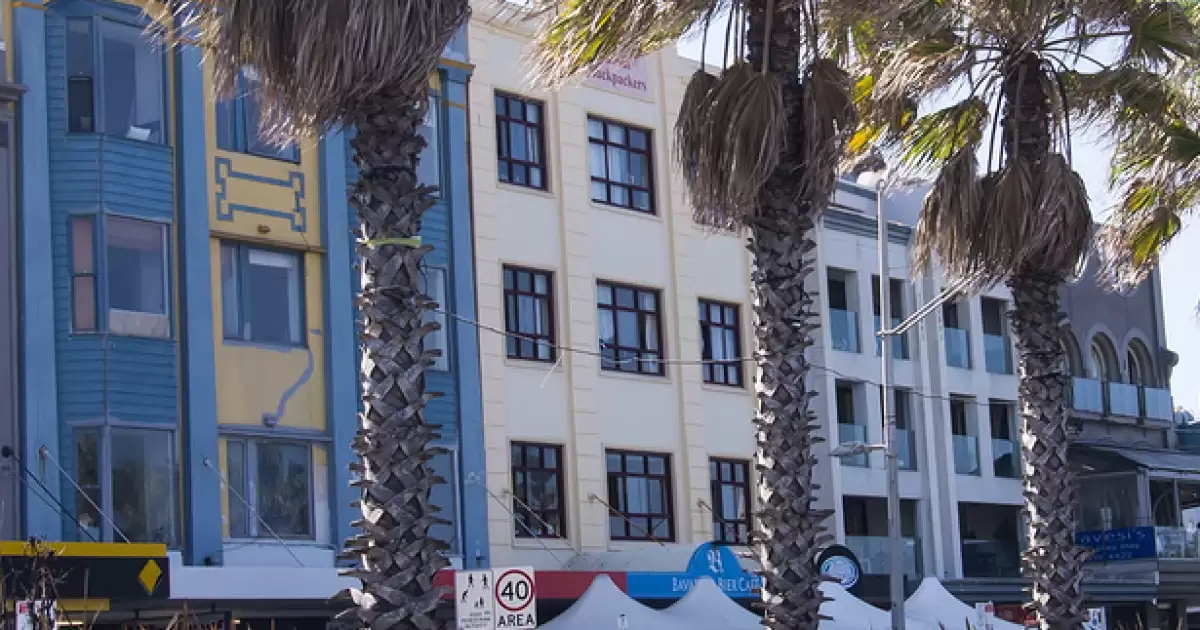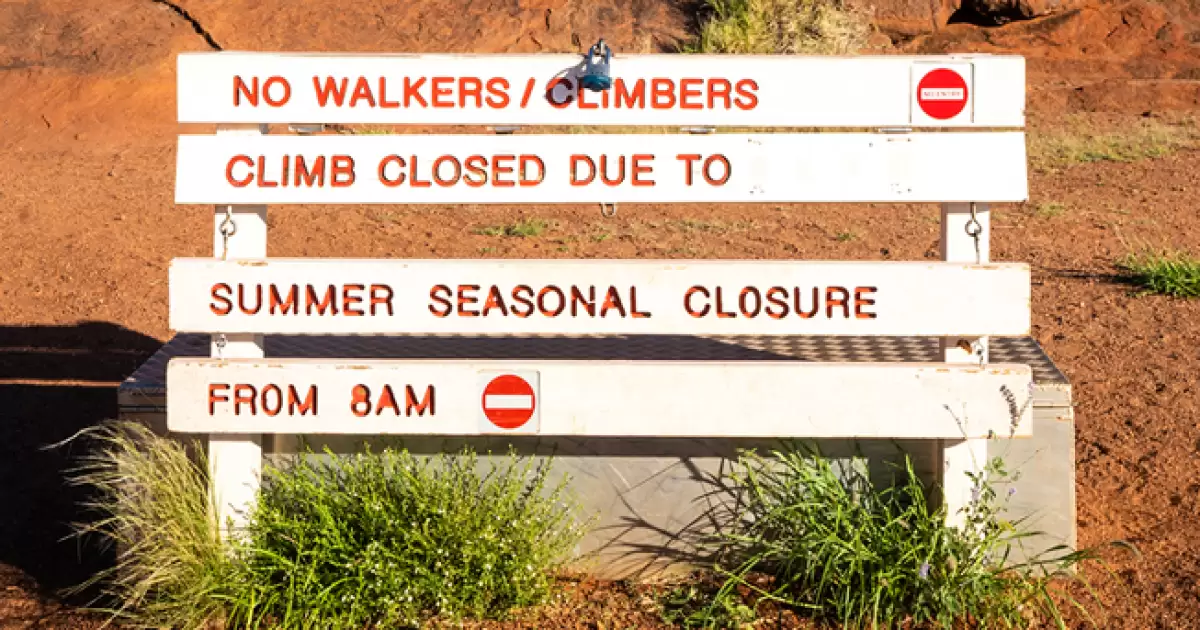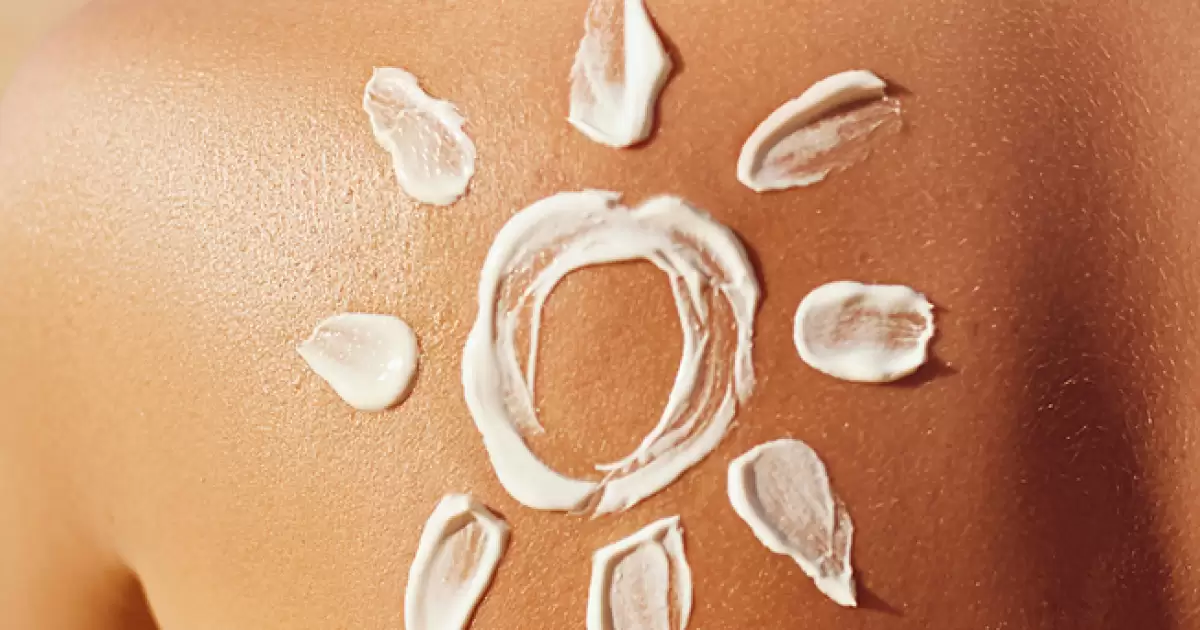Australia is famous for its sunshine, each state having various lengths of sunshine per year. Queensland used to be the ‘sunshine state’, but in 2017 Western Australia became the sunniest state.
But with this much sunshine, also comes greater responsibility in how you look after your body for now & in the future. Sunlight is the main source of UV rays. UV cannot be seen or felt. It is not how bright the sun is, or how hot the sun is. UV radiation can still be high on overcast days.
The UV Index
The UV level is affected by a number of factors including the time of day, time of year, cloud cover, altitude, proximity to the equator, scattering and reflection.
The UV Index is a tool that tells you the time during the day that you need to be sun smart. These protection times are issued when the UV Index is forecast to reach 3 or above, and are issued by the Bureau of Meteorology. A reading of UV3 can damage your skin and lead to skin cancer. UV levels are often very high and can cause severe skin damage
It’s important to check the UV index on the Bureau of Meteorology website and be sun smart. Overexposure to ultraviolet (UV) radiation causes wrinkles, skin and eye damage, and can ultimately lead to skin cancer. Protect your skin and eyes by using covering clothing, sunscreen, a hat, shade and sunglasses.
The UV Index has 5 categories:
- Low: UV Index of 1–2
- Moderate: UV Index of 3–5
- High: UV Index of 6–7
- Very High: UV Index of 8–10
- Extreme: UV Index of 11 and above
Sunburn
Sunburn is a UV radiation burn to the skin. You can get sunburnt in as little as 15 minutes in January. Mild sunburn you can treat at home with a variety of aftersun treatments. You should see a doctor immediately for severe and/or blistered burns.
Even though evidence of sunburn can fade with time, the damage it has done to your body can’t be undone. A lifetime tally of UV damage increases your risk of skin cancer.
Sun Damage
UV damage to your eyes can cause photoconjunctivitis - also known as snow blindness, welders flash, cataracts, macular degeneration, photokeratitis, pterygiums and skin cancer of the conjunctiva and skin surrounding the eye.
The sun can also be responsible for most of your fine lines, wrinkles, sagging skin, blotchiness and roughness. This is the result of UV damage.
Photosensitivity
Photosensitivity is an unusually high sensitivity of your skin or eyes to UV radiation. Many things can cause photosensitivity including: medications, creams, industrial chemicals, drugs, plants, essential oils & fragrances.
Heat Illness
Heat illness can occur when the body is unable to cope with the heat. Heat illness includes heat stroke, heat exhaustion, heat cramps and skin rashes. If left untreated, heat illness can be fatal.
Symptoms of heat illness:
- nausea
- dizziness
- clumsiness
- collapse
- convulsions
You can treat heat exhaustion yourself by doing the following:
- Rest in a cool place - in available shade, or try & make a shaded area.
- Drink cool fluids - water or sports drinks. (Alcoholic beverages, which can contribute to dehydration).
- Cool off - a cool shower, a cool bath, towels soaked in cool water on your skin.
- Loosen clothing - lightweight and nonbinding clothes.
For serious cases of sunstroke, see your doctor or nearest emergency centre.
How to be Sun Smart
It’s very easy to forget the sun when you are enjoying yourself in Australia. But it can be dangerous to ignore it. Situations when you should be vigilant::
- participating in outdoor activities or events
- recreational activities such as running, swimming, cycling or team sports
- watching tennis or cricket, or any other spectator sport
- working outdoors, or responsible for outdoor workers
- supervising young children engaging in outdoor activities
However, you can still enjoy all the above activities if you are sun smart!
- Apply sunscreen 20 minutes before exposure to UV to create a protective barrier
- Always wear a shirt, hat, sunglasses
- Always wear a shirt, a broad brimmed hat & sunglasses (preferably with UV protection)
- Apply SPF 30+ sunscreen lotion, even on cloudy days
- Sunscreen should be reapplied every 2 hours, even if the sunscreen claims to be water resistant
- Stay out of the sun during the middle of the day when the sun is strongest
- Drink plenty of fluids to avoid dehydration
- Swimming, sports, sweating and drying with a towel can reduce the effectiveness of sunscreen, so it should always be reapplied afterwards.
For more information visit:
- Cancer Council Australia
- SunSmart
- BOM (Bureau of Meteorology)
